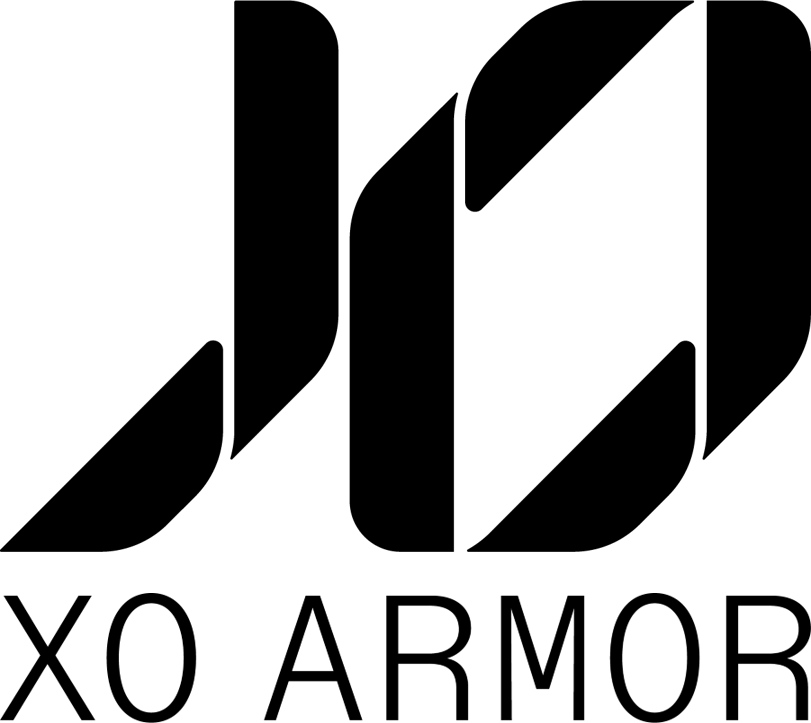Abstract: This case study explores the application of advanced 3D printing technology in the design and fabrication of a custom shoulder brace for a Division 1 football player recovering from labrum surgery. XO Armor, a company specializing in medical device customization, provided their on-site 3D printer for a clinician to create a personalized brace for the patient. The custom-fitted device not only enhances comfort but also offers superior protection tailored to the clinician's specifications. This case study discusses the design features of the brace, its fabrication process, and its impact on the football player's post-surgery recovery.
Introduction
Labrum injuries in the shoulder are particularly challenging for athletes. These injuries often require surgical intervention to ensure a swift and effective recovery. Post-surgery, athletes may need external support to stabilize and protect the shoulder joint during rehabilitation. This case study examines the use of 3D printing technology from XO Armor to produce a customized shoulder brace for such high-performance athletes. This case study covers the design features, fabrication, and the impact on the patient's post-surgery recovery.
Case Presentation
2.1 Patient Background - A 22-year-old male Division 1 football player presented with a history of chronic shoulder pain and a recent diagnosis of a labral tear. The patient underwent arthroscopic labrum surgery, and given the athlete's unique requirements, the attending clinician recommended a custom shoulder brace to support his recovery.
2.2 Device Design - the football team’s athletic trainer utilized XO Armor technology to design a custom shoulder brace tailored specifically for the athlete. The key features of the brace included:
a) Custom Fit: Using XO Armor scanning tools, the base was easily designed to conform precisely to the athlete's shoulder anatomy, ensuring not only a snug fit but also the freedom of movement necessary for competitive athletic performance.
b) Tubercle Bubble: A strategically placed tubercle bubble was incorporated into the brace design to provide additional protection to the sensitive labrum region, which is vital for an athlete's rehabilitation.
c) Slots for Straps: The brace featured slots to accommodate upper body and bicep straps, allowing for secure attachment and adjustability to meet the athlete's dynamic needs.
Fabrication Process
XO Armor's state-of-the-art on-site 3D printer was employed to fabricate the custom shoulder brace. The fabrication process involved the following steps:
a) 3D Scanning: The football player's shoulder was scanned using a handheld 3D scanner. This digital scan provided precise measurements and contours of the athlete's shoulder, crucial for designing a brace that wouldn't impede performance.
b) Computer-Aided Design (CAD): The 3D scan data was used to create a virtual model of the custom brace, meticulously designed with the athlete's unique requirements in mind.
c) 3D Printing: The CAD model was sent to the 3D printer, which employed biocompatible materials to construct the brace layer by layer. The entire process took just a few hours to complete, with the majority of the time for the printer to manufacture the part.
Results and Discussion

4.1 Athlete Comfort and Performance: Upon receiving the custom shoulder brace, the Division 1 football player reported a remarkable improvement in comfort compared to standard off-the-shelf braces. The personalized fit and the tubercle bubble offered targeted support while allowing for unrestricted movement, crucial for an athlete aiming to return to peak performance.
4.2 Enhanced Protection and Performance: The custom-fitted brace not only provided enhanced protection to the sensitive labrum but also boosted the athlete's confidence in the stability of his shoulder. The integrated strap slots ensured a secure and adjustable fit, allowing the football player to tailor the brace's positioning to his unique performance requirements.
Conclusion
This case study illustrates the successful application of 3D printing technology in the development of a custom shoulder brace for a Division 1 football player recovering from labrum surgery. The personalized design, precision fit, and innovative features of the brace contributed to improved comfort and athletic performance during the rehabilitation period. Custom 3D-printed medical devices, such as this brace, demonstrate significant potential in optimizing the recovery and performance of high-level athletes. Further application research will demonstrate the advantages of these customized solutions in the realm of sports medicine.

Share:
Case Study: Impact Strength Testing of Customized 3D-Printed Guards